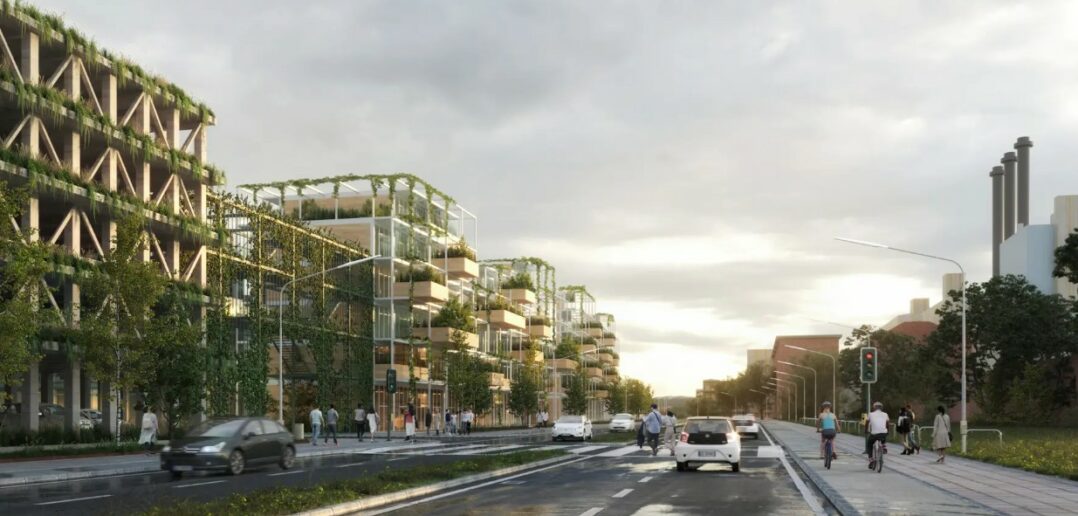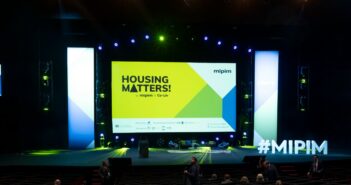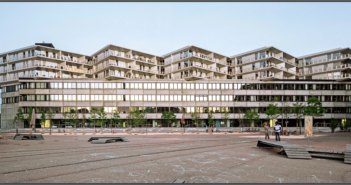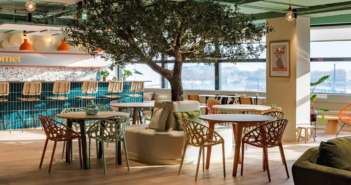MIPIM Director Nicolas Kozubek inaugurated the 2024 MIPIM conference on Monday, March 11th, engaging in a captivating dialogue with Sophie Hæstorp Andersen, the Lord Mayor of Copenhagen. Together, they explored the myriad challenges and opportunities confronting the real estate industry, particularly concerning housing and the climate.
Unlocking the Secret to Happiness
Hæstorp Andersen explained that people experience the greatest happiness when they feel a belongingness within a community, complemented by convenient access to public transportation and walkability throughout a city. During her talk, Hæstorp Andersen referenced the 15-minute city, coined in 2016 by Carlos Moreno, a professor at the Sorbonne in Paris, as a way of rethinking urban planning. In a 15-minute city, all essential services, amenities, and activities are located within a 15-minute walk or bike ride from residents’ homes. This includes grocery stores, schools, workplaces, parks, healthcare facilities, and public transportation hubs. By concentrating resources in close proximity, the 15-minute city promotes walkability, reduces reliance on cars, and fosters vibrant, interconnected neighborhoods.

This concept encourages mixed-use development, where residential, commercial, and recreational spaces coexist, creating a more sustainable and livable urban environment. Copenhagen is one of many cities embracing this theory to cope with their own housing shortage and create a sustainable path forward. Since 2010, 80,000 people have moved to Copenhagen and the city has only delivered 40,000 new apartments and houses. The development of housing in Copenhagen, similar to most cities around the world, is challenging as people continue to flock to urban areas due to the attractive lifestyle.
Improving Life for City Dwellers and Balancing Environmental Concerns
Sophie Hæstorp Andersen emphasized the importance of prioritizing public transportation infrastructure as the foundational element when planning the expansion of any urban area. Beyond transportation, she highlighted the significance of evaluating the existing amenities within the vicinity. Factors such as the availability of schools, parks, natural spaces, and seamless access to public transit collectively contribute to fostering an optimal environment conducive to densification and sustainable growth. When these essential components align harmoniously, they lay the groundwork for thriving communities, fostering a sense of connectivity and well-being among residents while supporting the sustainable evolution of urban landscapes. Urban sprawl is not an optimal solution for addressing housing needs, as it encourages dependence on vehicles and can significantly exacerbate environmental concerns. The expansion of cities places significant strains on the environment, which underscores the importance of optimizing and enhancing existing resources while focusing on creating density around them.
Strategies for Securing Ideal and Ample Housing
Effective collaboration between citizens, businesses, and government entities is essential to providing an adequate supply of housing, including affordable options. Local communities must forge robust private-public partnerships and provide the necessary incentives for developers to construct suitable housing options. Developers, in turn, must align their objectives with governmental goals to optimize resource utilization effectively. These partnerships not only drive efficient development but also foster innovation and sustainability in urban planning, ensuring the creation of quality and inclusive communities that serve all stakeholders.
Jernbanenbyen – The New Green District of Copenhagen
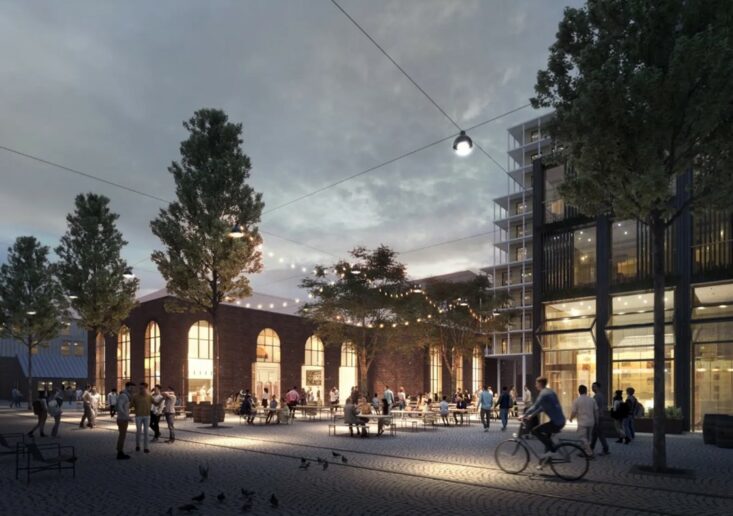
Jernbanebyen, situated in the heart of Copenhagen, embodies the principles of the 15-minute city as it undergoes a remarkable transformation. Once an industrial hub built around a now defunct railway, the district area is undergoing a transformation into a green sanctuary, with plans to transition into a partially car-free zone. Instead of demolishing the existing industrial buildings and squandering the embodied carbon within, the city will repurpose these structures for product development, manufacturing, retail, and workshops catering to creative companies and start-ups. The new master-planned community is projected to accommodate approximately between 4,500 to 7,000 residents.
Jernbanebyen epitomizes Denmark’s rich historical heritage while embracing an exciting new future. With the introduction of a new public school, between approximately 3,000 to 5,000 modern apartments, workspaces accommodating 4,000 individuals, expansive green spaces spanning over 11 hectares, this development sets a benchmark for a sustainable lifestyle. New residents will have the opportunity to live, work, and enjoy recreational activities all within this dynamic urban area.
Sophie Hæstorp Andersen elaborated on Copenhagen’s dedication to closely collaborating with C40, a global network of mayors from the world’s foremost cities, united in their commitment to combat the climate crisis. Together, they strive to ensure that major cities worldwide take the lead in forging a sustainable future that not only addresses the housing shortage but also tackles the environmental challenges posed by urban growth.
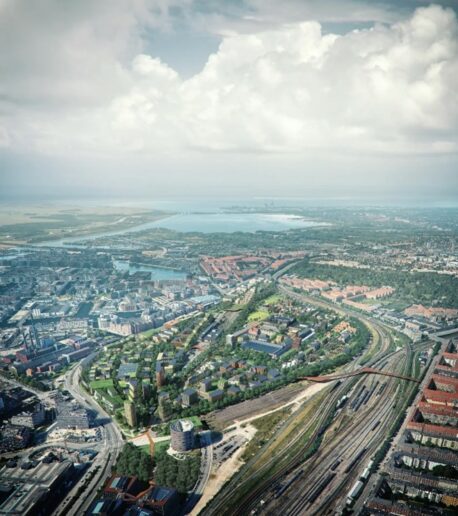
Article written by Ben Spencer who has a Master’s Degree in Real Estate and Business Administration from the University of San Diego
